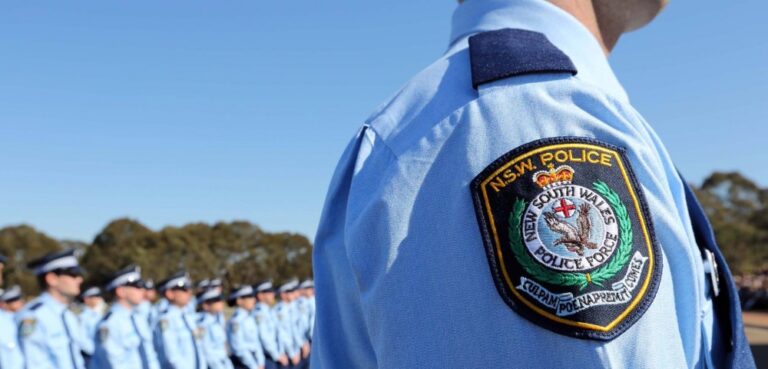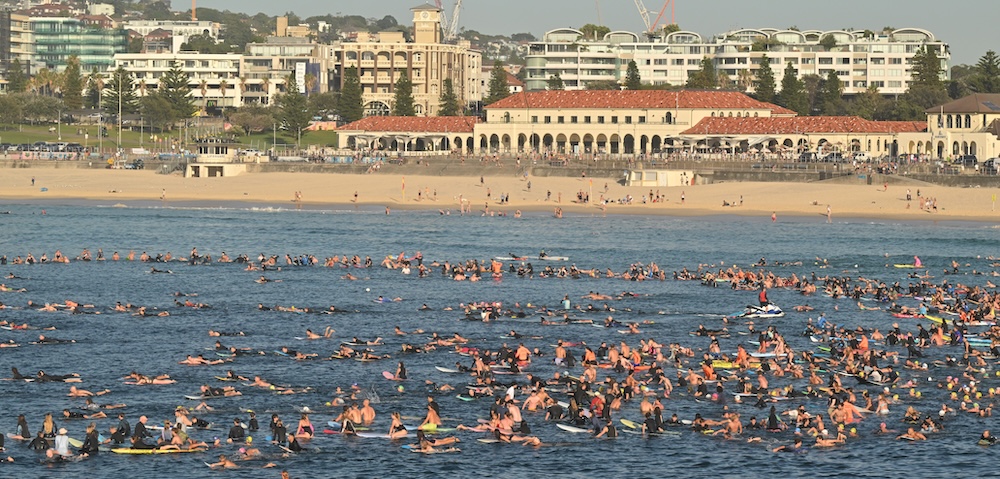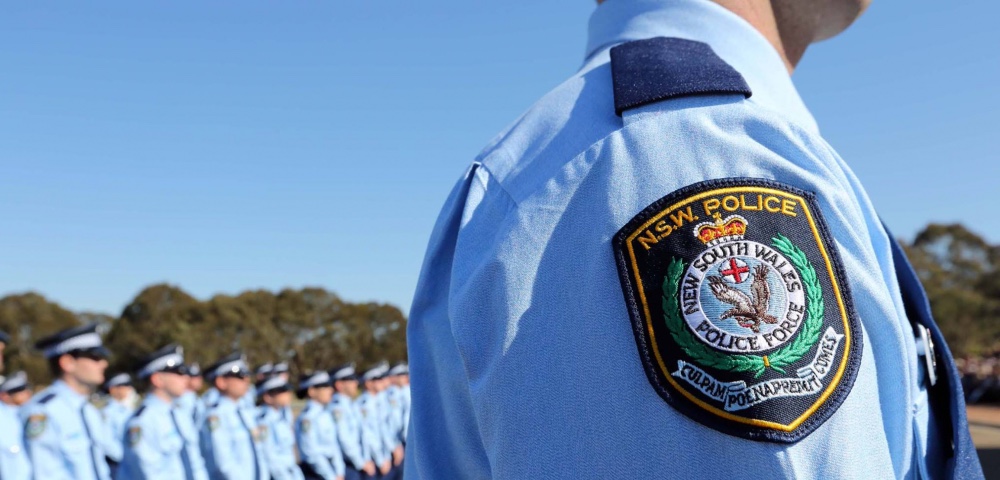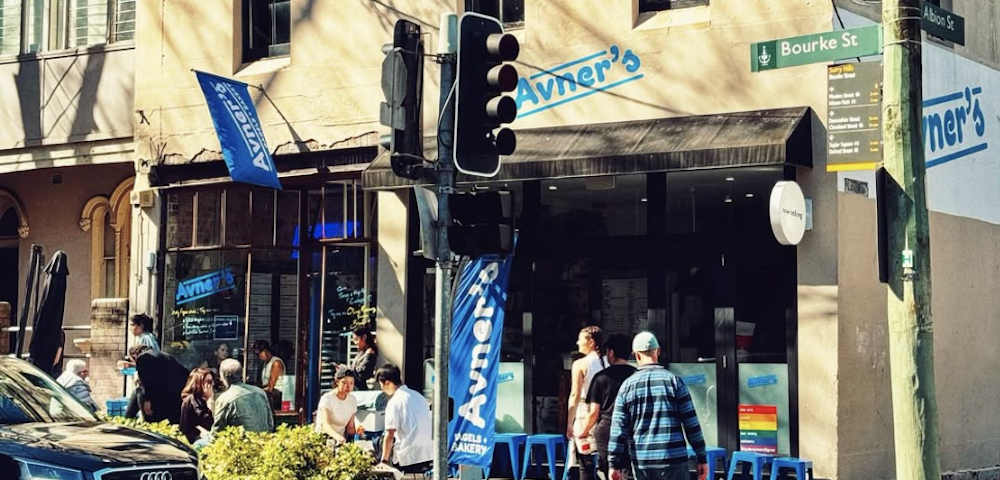
Eastern Suburbs Homes Sinking As Housing Construction Cracks On
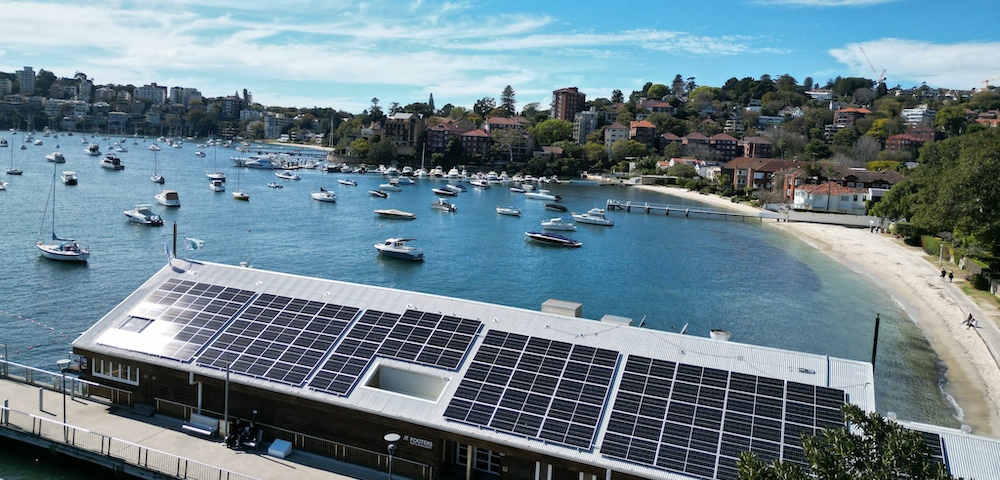
Properties near housing construction sites are sinking and cracking, prompting Eastern Suburbs councillors to blame the Minns Government.
Harbourside communities such as Rose Bay are seeing a number of such projects, with more proposed. These are being spurred on by recent Low and Mid-Rise Housing reforms.
The water table is close to the surface in these areas, only a metre below the ground in some parts. During its latest meeting, Woollahra Council resolved to fund a set of studies into the impact of the reforms on this delicate geology.
Water catchment “likely to be impacted” by Woollahra rezoning
A report tabled during the meeting notes concerns over “the cumulative impact on groundwater arising from the extensive basement construction that would likely be associated with the LMR reforms.”
Woollahra Council has proposed drastically reducing the car space requirements for new flats in its jurisdiction, an effort to reduce issues caused by excavation.
The document also reports that the Double Bay catchment “is likely to be impacted” by the proposed state-led rezoning of Woollahra and Edgecliff.
Vaucluse resident Nigel Cotman expressed concern that there has never been a major hydrological study of the Rose Bay aquifer. Cotman said that “the concentration of the development” which the Minns Government policy calls for will result in significant construction atop it. He was concerned that permanent damage to the aquifer might result.
An aquifer is a groundwater system in which water is confined among rock, sand and other materials.
In a separate motion, councillors unanimously cautioned that the Government’s latest planning reform bill “reduces community participation in planning processes, undermines the role of local government and weakens existing environmental safeguards.”
Council discussed issues previously
The latest meeting was not the first to touch on the potential negative impacts of new housing developments. On 25 August, a motion authored by Mayor Sarah Dixson was carried unanimously.
Dixson wrote that residents had “raised significant concerns associated with dewatering and excavation from new development, and its implications to building and structural stability as a consequence of existing works and the likely cumulative impact of the Low and Mid-Rise Housing reforms.”
The council resolved to notify the Government that Rose Bay and Double Bay are “high-risk hazard” areas due to their hydro-geotechnical conditions. It also urged that both shopping villages be excluded from state-led development.
Councillors have raised concerns “from day one”
Vaucluse ward councillor Julian Parmegiani told the City Hub that he and his colleagues have been concerned “from day one” about the impacts of new development.
Parmegiani said that he and other councillors from his ward have been campaigning for a geological study of the area. He added that Rose Bay has been built up over many years, “but really it is composed of sand, and many metres of sand before you hit rock,” with the water table close to the surface.
“So you go digging and you find water.”
Council zoned land as appropriate, says minister
Planning minister Paul Scully said that sites for Low and Mid-Rise housing “were carefully selected considering all land use constraints as well as access to transport, infrastructure and services.”
“It was Woollahra Council who zoned that land as appropriate for low and medium density housing, and as the consent authority on Development Applications, they have the responsibility to assess suitable and safe development on that land.”
“We need every corner of the state to help deliver more housing so no area is being asked to deliver their share as well as someone else’s.”
The latest dilemma joins the controversy of the Woollahra station proposal, making it unclear whether the Government’s housing reforms will sink or swim in this part of Sydney.
